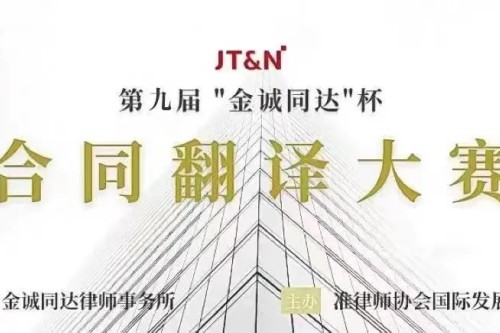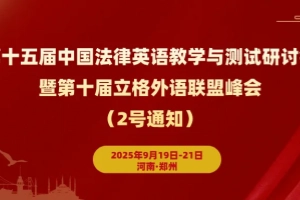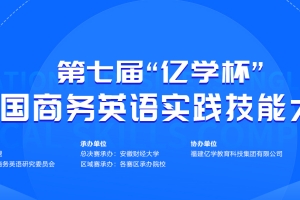Hello and welcome back to the Skills 360 podcast. I’m your host, Tim Simmons, and today, I want to look at making your ideas stick.
Have you ever been in a meeting or listened to a presentation where someone talks about their big idea? And then, forty PowerPoint slides later, you’re still not quite sure what they’re talking about, or why their idea is so great? Well, there might be a good idea somewhere behind it all, but for some reason it didn’t stick.
On the flip side, there are ideas that you couldn’t forget if you wanted to. For whatever reason, people understand them, they remember them, and they get behind them. The ones that stick are the exceptions. Business history is littered with ideas – for products or business models – that never became popular.
So what’s the difference? Why do some ideas stick while others die a sad death? In our last lesson, I talked about keeping it real and keeping it relevant. Those are two important ways of increasing stickiness. Today, I want to focus on keeping it simple and keeping it dynamic.
Let’s start with keeping it simple. That deck of 40 PowerPoint slides? There are probably just four or five in there that convey the core of your idea. The rest is fluff. Now, you might be thinking that you need details and explanation to support your idea. That’s true. But you need to prioritize those points. Combine them. Support your idea with three smaller ideas, not 39.
Ideally, you should be able to express your idea in a single sentence. The founder of Uber once described his idea like this: “You push a button and in five minutes, a Mercedes picks you up and takes you where you want to go.” The company later simplified that even more to “Tap a button, get a ride.”
You’ll notice that there’s no buzzwords there. There’s no talk of “platform” or “users” or even “app.” It’s just a simple description of a great idea. So, use simple sentences and simple words.
Sometimes, it helps to use common reference points in your one-sentence idea. For example, a new dating app called Stitch is touted as “Tinder for seniors.” Everyone knows Tinder, so Stitch can use that knowledge to make their idea clear.
Besides keeping it simple, you need to keep it dynamic. What do I mean by dynamic? I mean make it surprising and fresh. And engage multiple senses or emotions. This is especially true for presentations. You can’t use the same template for every purpose. Getting your new idea to stick isn’t the same as making sure a team of managers understands the sales figures from the first quarter.
When you’re presenting information, you might follow the standard pattern of “tell them what you’re going to tell them, then tell them, then tell them what you’ve told them.” That might work for some purposes, but it’s not a really sticky format.
You’ve got to get people’s attention, then keep it. Start by saying something that’s never been said before. Wake your listeners up with a shocking fact, a mystery, or a bit of humor. Appeal not just to their rational brains, but their hearts. And give them a visual that enhances the shock, or the mystery, or the humor.
Think of music. A good song has changes in volume and intensity. It includes some repetition – just think of the chorus and the melody – but if it has only one emotional level it won’t have impact. And think of a whole album of songs, if you still listen to albums. You’ve got to mix up the dance numbers with the ballads.
At the same time, you need to work around the melody and chorus. If you’re using PowerPoint, don’t completely change the formatting on every slide. That just confuses people. You need to make it dynamic, but not chaotic. It needs to be exciting, but still unified.
Now, I want to talk for just a moment about someone who really knows about stickiness: Steve Jobs. It was just over 10 years ago that he introduced the MacBook Air. How did he do it? Well, he chose to emphasize one simple feature: how thin it was. And he did that in a fresh and dynamic way. During his presentation, he picked up a simple manila folder and showed it to the audience. Then he pulled the MacBook Air out of it. Simple, surprising, and effective.
And that’s what you should strive for, as you keep it simple and keep it dynamic. And if you also keep it real and relevant, as I explained last time, there’s a good chance your idea will stick, rather than ending up in the trash can of history.
That’s all for today. So long. And see you again soon.















